FUE Hair Transplant UK
When it comes to the treatment of hair loss, especially in men, many assume that the treatment of choice for the best possible long term results is a hair transplant. In fact a hair transplant is the last option for hair restoration and Fue hair transplant in UK is most popular. It should only be considered once all other treatment options have been considered and exhausted. This is especially the case where the pattern and extent of hair loss is less severe. This applies to men as well as women.
However, for many, after years of toiling and grappling with tablets, foams, shampoos and plasma therapy, the only option left is a hair transplant. This is a very big decision and it is very important that you consult the right clinic with the right expertise to achieve the best possible results for your money.

What is a hair transplant?
A hair transplant is considered to be a minimally invasive surgical procedure. It involves the ‘harvesting’ (extraction) of donor hairs from one part of the body and ‘grafting’ (implanting) them onto bare areas of the scalp. This is essentially moving hairs from thick hair bearing areas to areas with very little hair.
When should you consider a hair transplant?
There are a large number of factors that come into play when considering when and who is most appropriate for a hair transplant. As already mentioned a hair transplant is one of the option for hair restoration. Suitable candidates normally have quite an advanced grade of hair loss with specific areas needing treatment. Examples include the hair line, the fronto-temporal corners or the crown, where various treatments have been exhausted. A consultation in clinic is extremely important before deciding on whether a hair transplant is the best way forward.
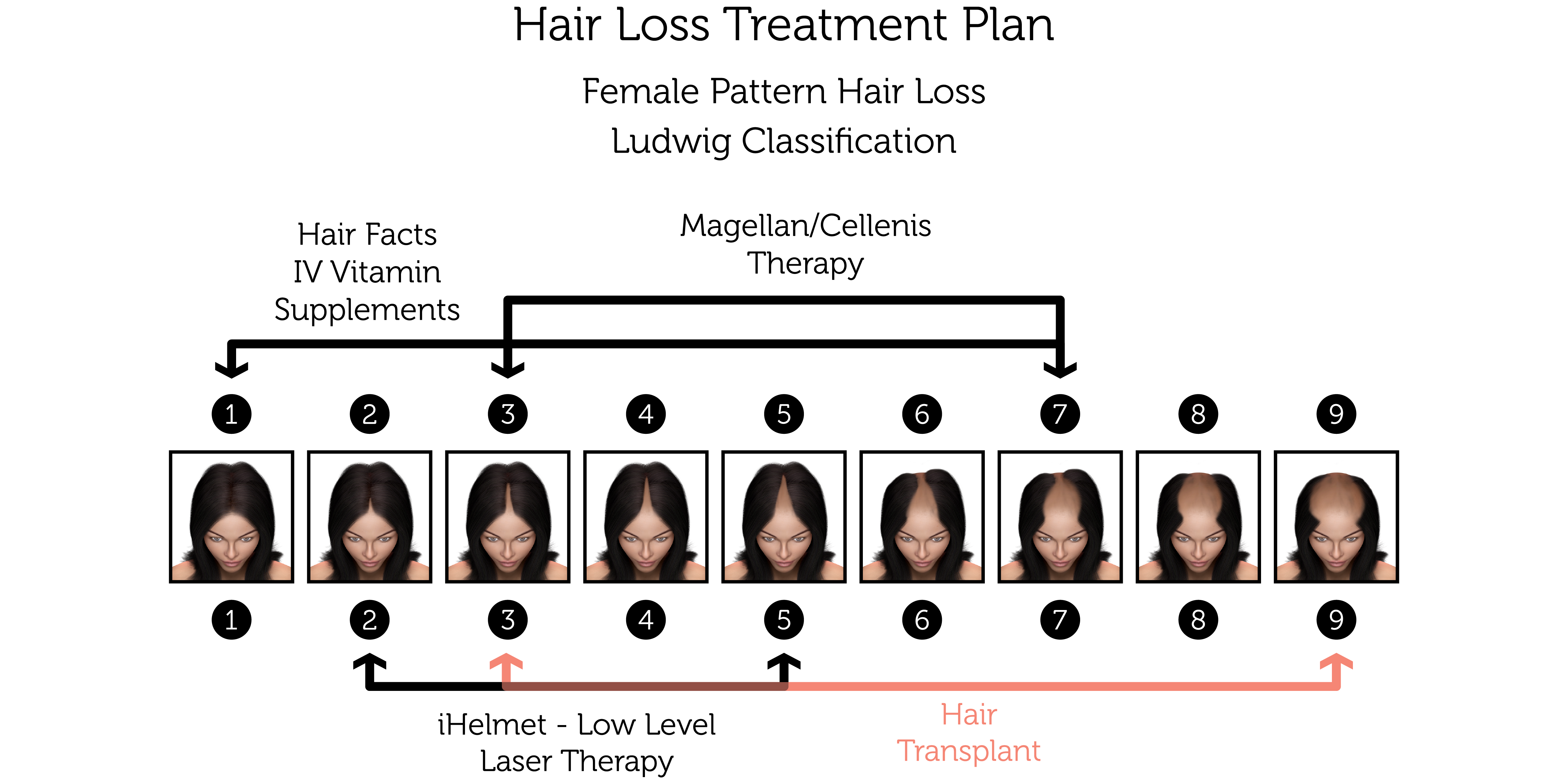
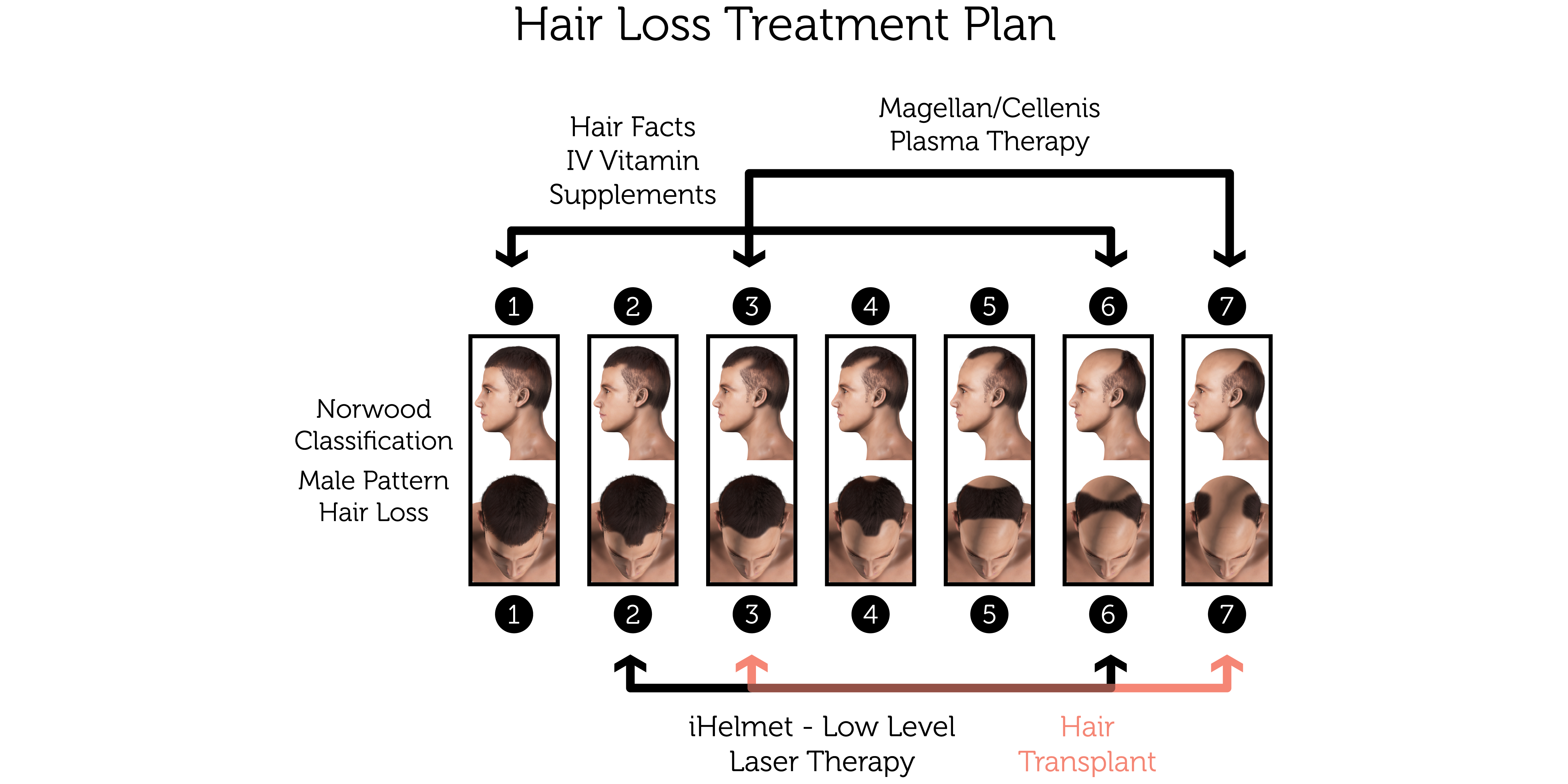
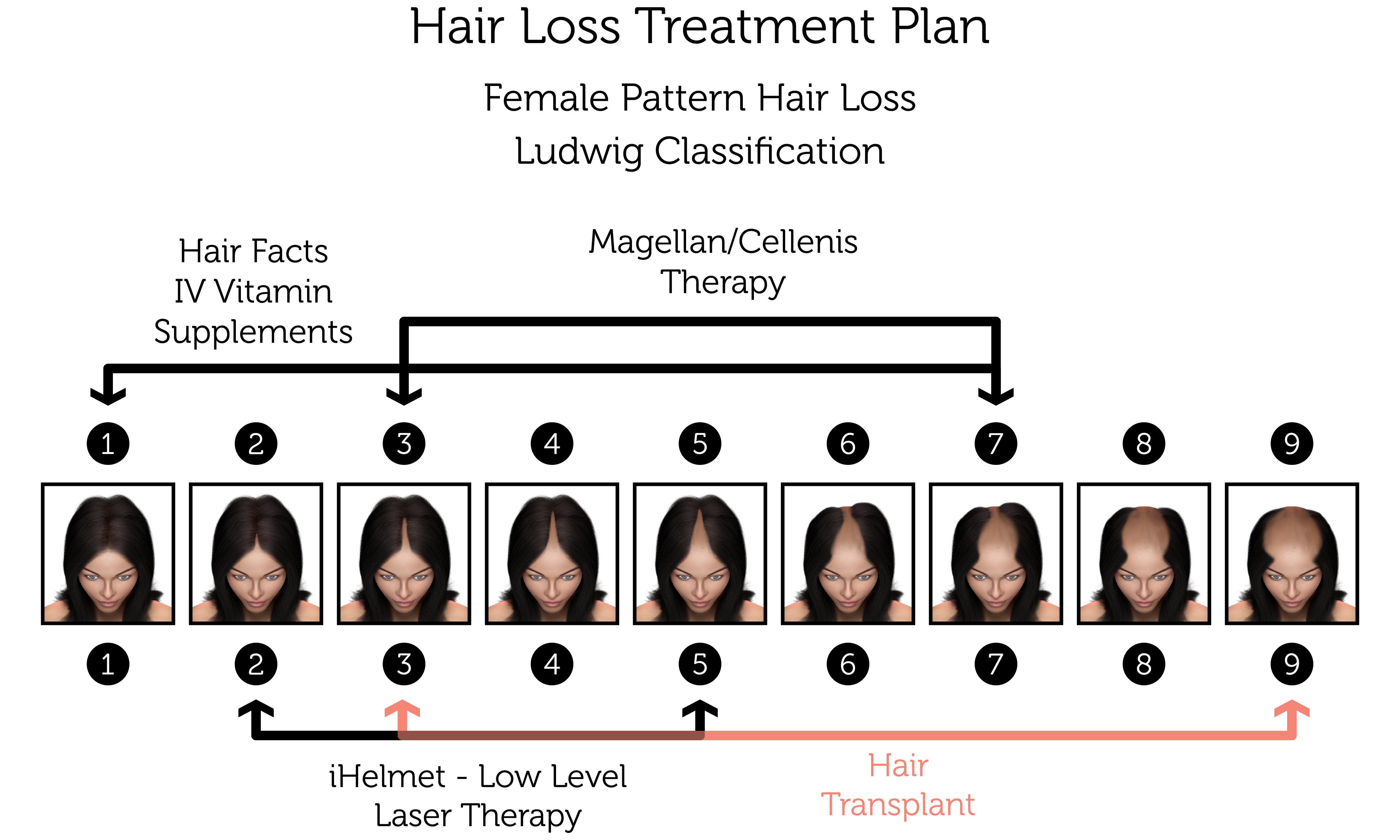
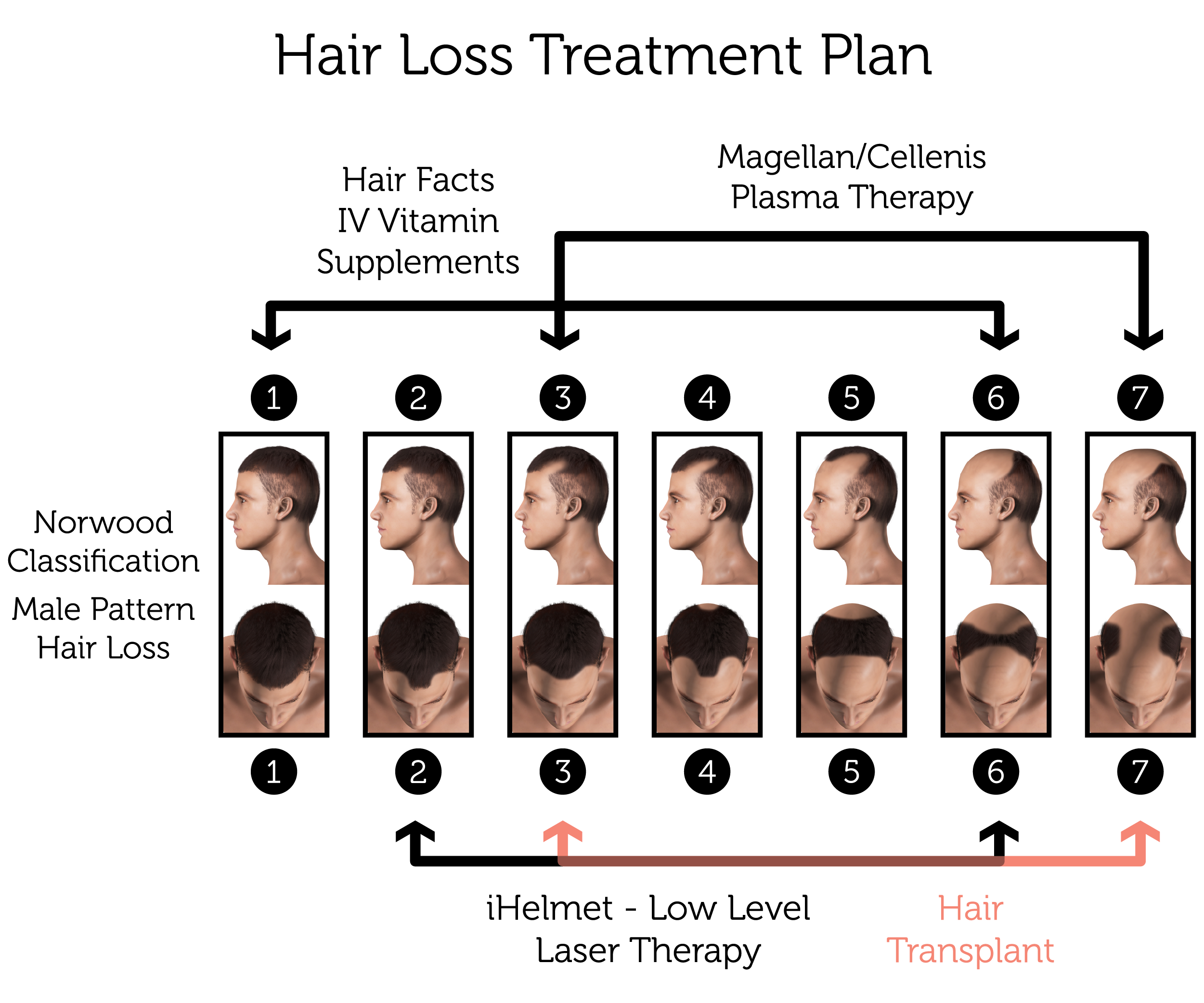
What is FUT and how is it carried out?
The strip method involves taking a strip of skin from the back of the head. The skin is taken to just below the base of the hair follicles and the individual hairs are cut up into small grafts with the use of a microscope. These individual hairs are then implanted into the areas needing grafting. This technique is carried out under local anaesthetic and is very labour intensive. The patient is normally left with a long scar at the back of the head which is normally covered by hairs growing just above the scar line. Now a days the a new Trichophytic closer method of wound closer can result in thinner scar. As a result it is not appropriate for some men who wish to have their hair cut very short as the scar can often be very visible. However, for women, this technique is sometimes more appropriate as the scar is hidden under long hairs at the back of the head. We do NOT perform FUT at Rejuvence Clinic.
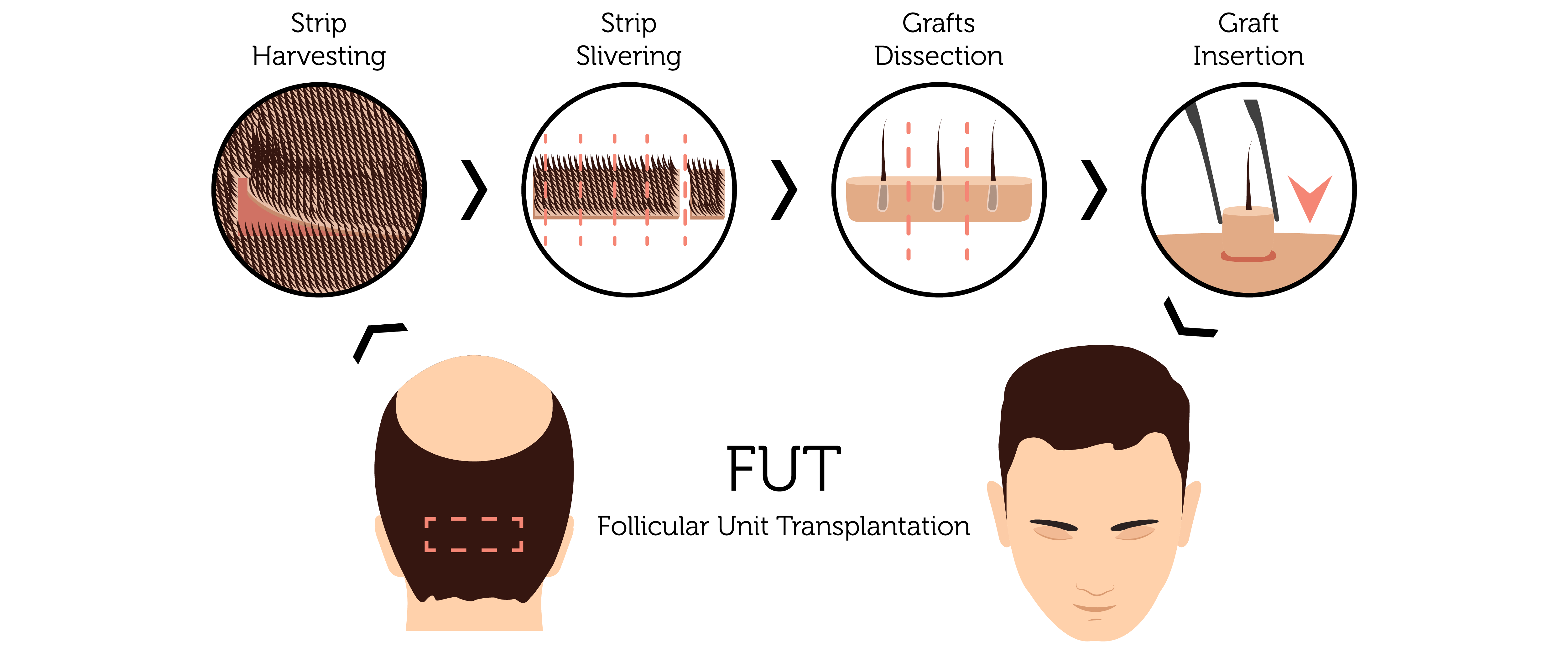

FUE Hair Transplantation in UK - Our preferred choice!
FUE – Follicular Unit Excision (previously known as extraction), is the procedure of choice for some hair transplant surgeon. This involves harvesting individual ‘follicular units’ (hairs) using a special automated punch device that cores out the hairs one by one. This means that the donor hairs obtained are able to be transplanted onto the bare areas of the head. This technique is also carried out under local anaesthetic. The scars associated with FUE are much smaller are usually like rounded pale dots and this is particularly suitable for men who are subsequently able to have their hair cut quite short but not very short.
At Rejuvence Clinic we ONLY perform FUE Hair Transplantation.
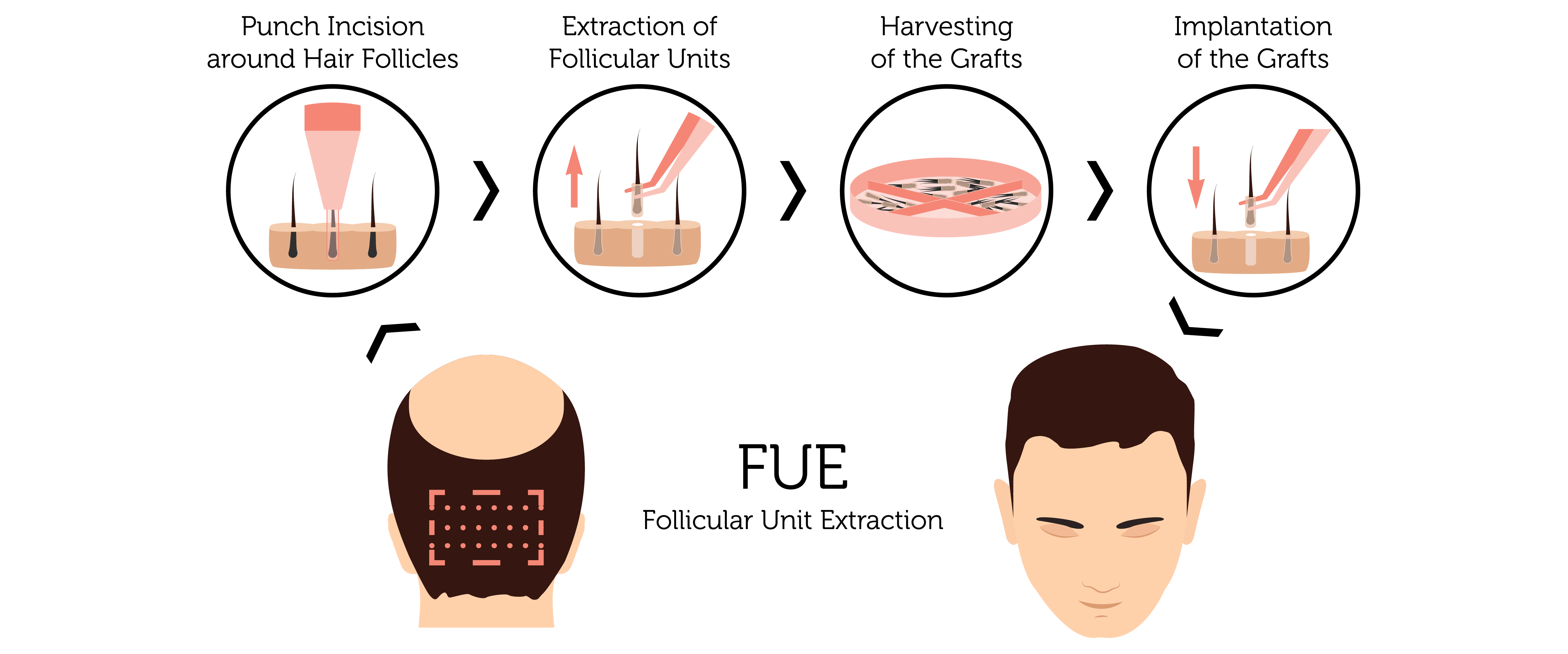

Flexible payment options for surgical treatment – 0% APR available. Spread the cost of your treatment today!
Terms and Conditions apply. *Acceptance subject to credit status.

Flexible payment options for surgical treatment – 0% APR available. Spread the cost of your treatment today!
Terms and Conditions apply. *Acceptance subject to credit status.

What are the most common techniques for harvesting donor hairs?
There are two techniques that have been developed for harvesting donor hairs for a hair transplant. The strip method, also known as FUT, was the first technique developed by hair transplant surgeons and is still the preferred choice for many surgeons. Follicular Unit Excision (previously known as extraction), otherwise known as FUE, is a modern technique and the treatment of choice by many hair transplant surgeons.
At Rejuvence Clinic we only offer FUE Hair Transplants.
How many grafts do I need?
Calculating the number of grafts needed for a good result is dependent upon a number of factors. At your initial consultation Dr Chaudhary will carry out a clinical assessment of the areas you wish to have transplanted. Depending upon your existing hairs and the extent of hair loss you are suffering with, he will suggest a number that is possible.
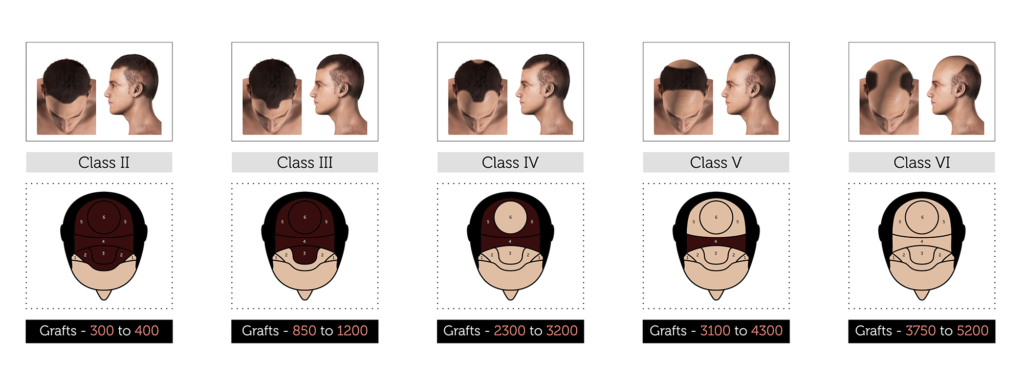

Flexible payment options for surgical treatment – 0% APR available. Spread the cost of your treatment today!
Terms and Conditions apply. *Acceptance subject to credit status.
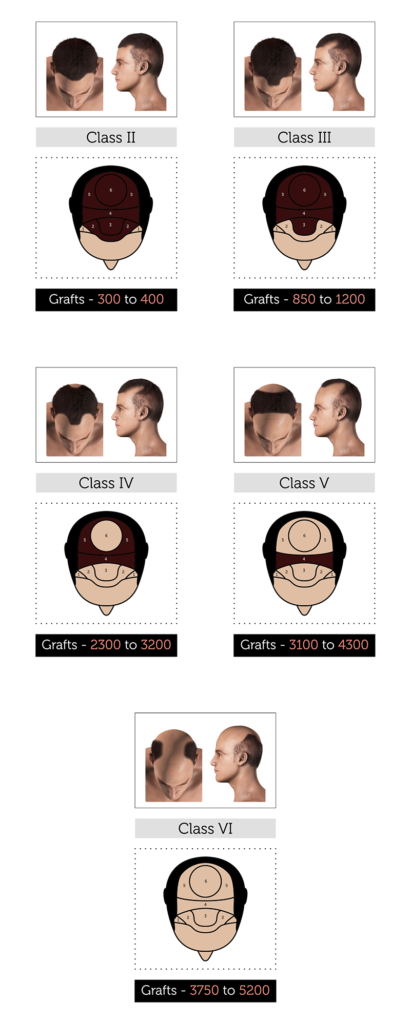

Flexible payment options for surgical treatment – 0% APR available. Spread the cost of your treatment today!
Terms and Conditions apply. *Acceptance subject to credit status.
What is the difference between grafts and hairs?
Many patients who travel abroad are often told that they can have 4000 grafts in one sitting. This is usually very hard to achieve. Often patients are misled and the difference between number of grafts and number of hairs which is not clearly explained. A graft is defined as a single ‘Follicular Unit’ which can have one hair, two hairs, three hairs and sometimes four or more hair follicles. So 2000 grafts can have sometimes 3000 to 4000 hairs depending on individual hair grafts.
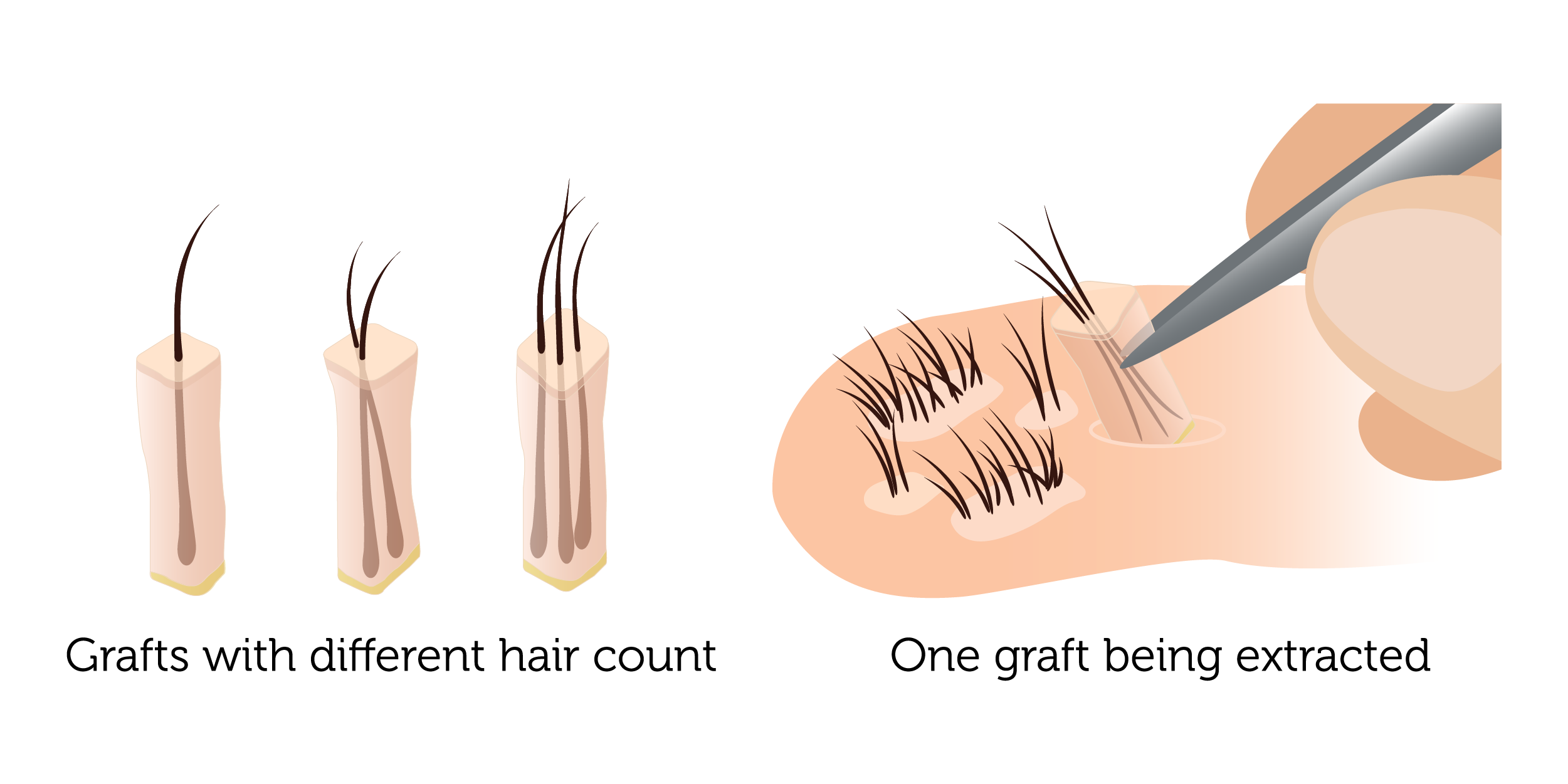
How many grafts can you do in one session at Rejuvence Clinic?
At Rejuvence Clinic Dr Chaudhary believes strongly in performing all his transplants to the highest possible standards.
At Rejuvence, we can perform up to 2500 grafts in one session. This can amount to about 3500 to more than 4000 hairs again depending on individual hairs.
A healthy head of hair can be broadly divided into two zones. A full head of hair has approximately 120,000 hairs. The back of the scalp and sides normally have around 60,000 hairs. The top of the scalp normally has an equal number. The top of the scalp is most affected by hair loss, whether it be male or female pattern hair loss.
The hairs at the back and sides of the scalp do not have receptors for male Testosterone hormone thus they do not easily fall off. As a result the most common donor site for hair transplants is from the back of the head followed by the sides extending towards the back of the ears. If further donor hairs are needed it is possible to harvest from the beard, just below the jawline, and finally the chest.
The quality of results are dependent upon a number of factors. The harvesting process needs to be well planned and the resultant scars as small as possible. For FUE it is important that the donor hairs are distributed evenly across the back of the scalp and as small a punch size as possible is used to try to keep the scar size smaller. The skill of the surgical team dictates how well the grafts survive. Individual grafts need to be harvested precisely, taking note not to cut across the roots of the follicles such that they can bed in well and survive.
The transplant area is marked out and an attractive hairline is drawn onto the scalp. The implantation process involves making small slits in the scalp and the donor hairs are slotted into these slits. This is much like planting rice seeds in a paddy field. More recently innovative implanter devices have been designed which can enable the surgeon to make the slits needed and slot in the graft at the same time. This process is also carried out under local anaesthetic. Dr Chaudhary is able to provide an implanter service.
The implantation process itself requires good planning and an accurate understanding of the direction of lie of the existing hairs on the scalp such that the newly grafted hairs grow out in the same direction and if possible are angled such that they provide as much scalp coverage as possible. This requires a wealth of experience and extremely accurate foresight. In addition it is important that donor hairs are not implanted together too densely as this may compromise graft survival. When implanted close to existing hairs, it is also important to match the angle of growth such that the roots of existing hair follicles are not damaged whilst new hairs are being implanted. Poor technique in this regard can result in poor graft survival and possible further loss of pre-existing hairs. The net result is poor increase in density of hair coverage.
A hair transplant is a meticulous process and can take between 6 to 10 hours depending upon the number of grafts being implanted. In larger cases, often a second sitting is needed the following day. The entire procedure is carried out under local anaesthetic and apart from the sting of the anaesthetic at the beginning of the harvesting and implanting phases of the procedure, the treatment is essentially painless. Patients are often able to have a nap during the harvesting process and watch a film in the treatment room during implantation.
It is important to note that a hair transplant cannot recreate the same density of hair that was present before the hair loss process started. Once someone is able to see through to their scalp due to hair loss, they have normally already lost at least 50%. An average hair transplant consists of between 2000 to 4000 hairs and hence it is clear that a hair transplant is essentially a natural camouflage procedure as opposed to truly restoring original hair density on top. However, this doesn’t mean that fantastic results are not possible if performed by a skilled hair transplant surgeon.
With so many clinics, especially abroad it is important to understand what makes for a good result as opposed to just going to the cheapest clinic. There is a significant amount of skill and artistry involved on the part of the hair transplant surgeon in order to achieve a good cosmetic result.
All supplements, as well as minoxidil and Finasteride should be stopped at least 1 week prior to your procedure. Afterwards, the aftercare instructions should be strictly adhered to. Smoking and excessive alcohol use before and/or after a hair transplantation can significantly hamper the final results. In addition maintenance treatments in the form of regular yearly plasma sessions and weekly Low Level Laser Therapy (LLLT) can sometimes helps to achieve good results and keep your transplant looking great. IV Vitamin infusions in the form of our Hair Boost Drip are also available to help keep your supplement levels up and improve hair quality.
In cases where the extent of hair loss is quite widespread, and there is enough donor hair available, a second procedure maybe possible. In these cases, it is a particularly good idea to stage the transplant. This ensures the final results are as good as possible.
Why choose Rejuvence Clinic for your FUE Hair Transplant?
Rejuvence Clinic is a CQC registered Clinic. Our first and foremost priority is patient safety and satisfaction. We assess each patient individually and tailor a treatment plan based around the patient’s requirements to fulfill realistic expectations. We are committed to achieving the best results for all our patients, every time.
All the essential steps of the Surgical Procedure are carried out by Dr Chaudhary and NOT by technicians.
We believe in discussion followed by a correct diagnosis, making a mutual decision about the expected design of the hair line you want and finally delivering excellent results to make our clients happy and confident.
Our specialist team strongly believes in evidence-based treatments and work very hard with great dedication to help our clients achieve great results and at the same time we ensure our patients never feel pressured to choose any treatments.
We always encourage our clients to ask as many questions as possible, so they feel at ease to make a well-informed decision.
We only use the best quality products and equipment
We always use most advanced equipment and instruments to ensure the best results for our clients. Unlike other clinics we will always encourage our clients to go for the best solutions and punches. We discuss every aspect of the transplant and believe in complete transparency. This is all done at an extremely affordable price.
Trivellini Hybrid Punches
Most clinics use sharp punches which can cause transection of many hair roots during extractions thus risking the loss or damage of many hair grafts. This can leave many patients unsuitable for a second Hair Transplant, should this be needed. We use the most advanced Hybrid Trevellini punches which have flared/trumpet ends to significantly reduce the damage to the vulnerable and delicate root of hair grafts. This helps to increase the number of intact hair grafts during the harvesting process.
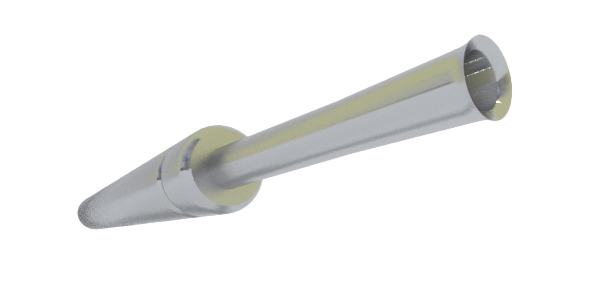
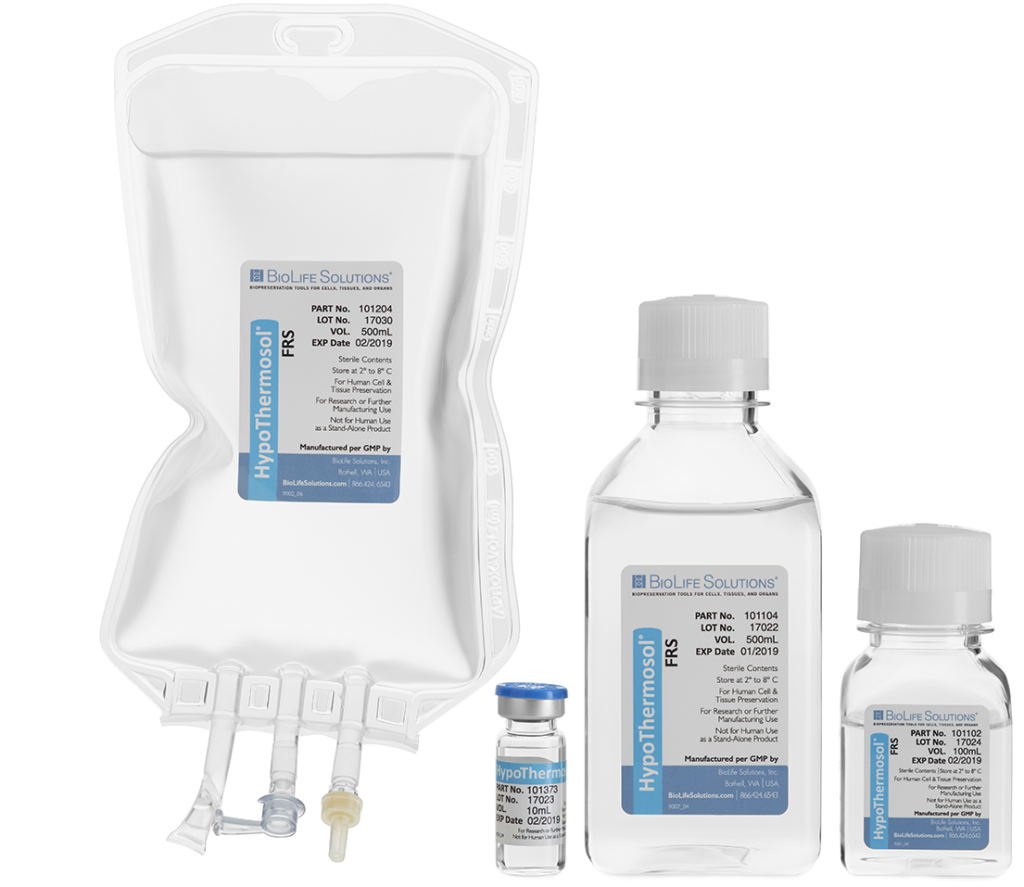
HypoThermasol

HypoThermasol is a highly advanced holding solution for harvested grafts during FUE. HypoThermasol manufacturer state that “its components scavenge free radicals, provide pH buffering, osmotic support, energy substrates, and ionic concentrations that balance the intracellular state”. This minimizes stress to the delicate hair grafts while they are stored at low temperatures and the change in temperature which they undergo when implanted back into the scalp. All this helps to maximise graft survival rates.
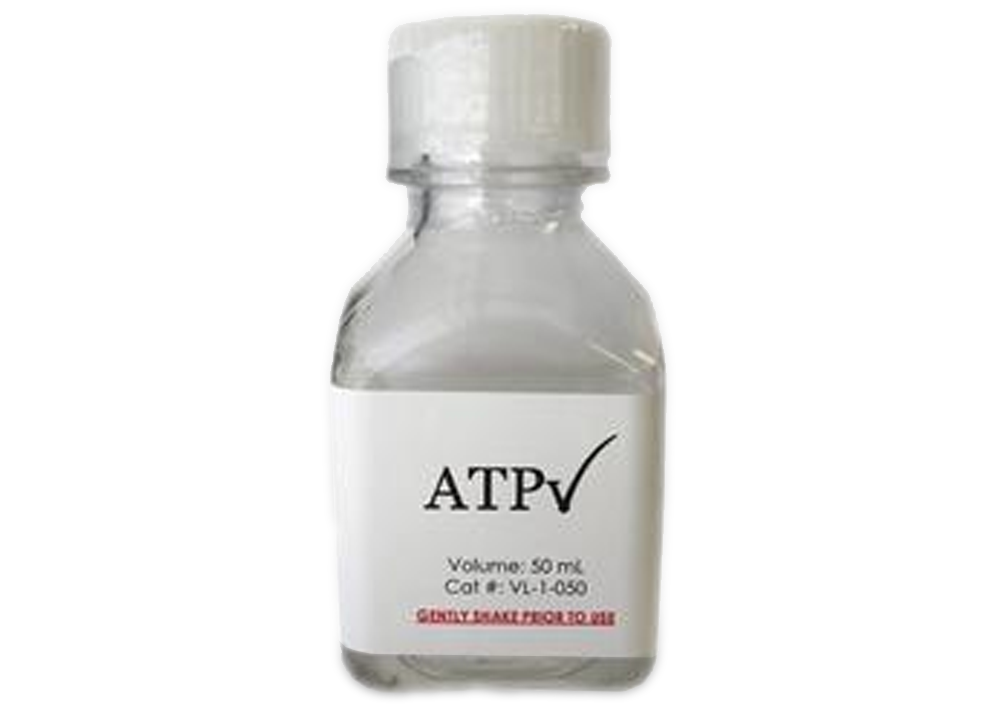
Liposomal Adenosine Triphosphate (ATP)

Liposomal Adenosine Triphosphate (ATP) is used along with the HypoThermasol in graft holding solution and also our AFTER CARE HAIR SPRAY. Liposomal ATP is used to administer ATP to tissue deprived of oxygen and blood supply during hair transplant surgery. This is done whilst grafts are out of the body and when the grafts are implanted back into the scalp. We also provide an after care hair spray which contains Liposomal ATP.
Rejuvence Philosophy
At Rejuvence we specialise in the treatment of hair loss for both men and women and are able to provide a fully encompassing range of treatments. Hair transplantation is a fundamental component of this. Our resident hair transplant surgeon, Dr Waqas Chaudhary, will walk you through the entire process and will be close to hand every step of the way.
Our technique of choice is FUE.
We provide a complete package of care from start to finish. This includes your initial consultation, surgery and multiple follow up visits with the option of either Magellan™ or Cellenis™ Plasma Treatment before and/or after your transplant to maximise graft survival and ensure the best possible result.
Dr Chaudhary will direct your treatment from the start and not a salesman trying to force through a sale. Our clinic is registered with the Care Quality Commission, and we abide by the rules and regulations of the General Medical Council.
All this comes at an extremely affordable price. Why travel abroad when you can get everything and more close to home!













